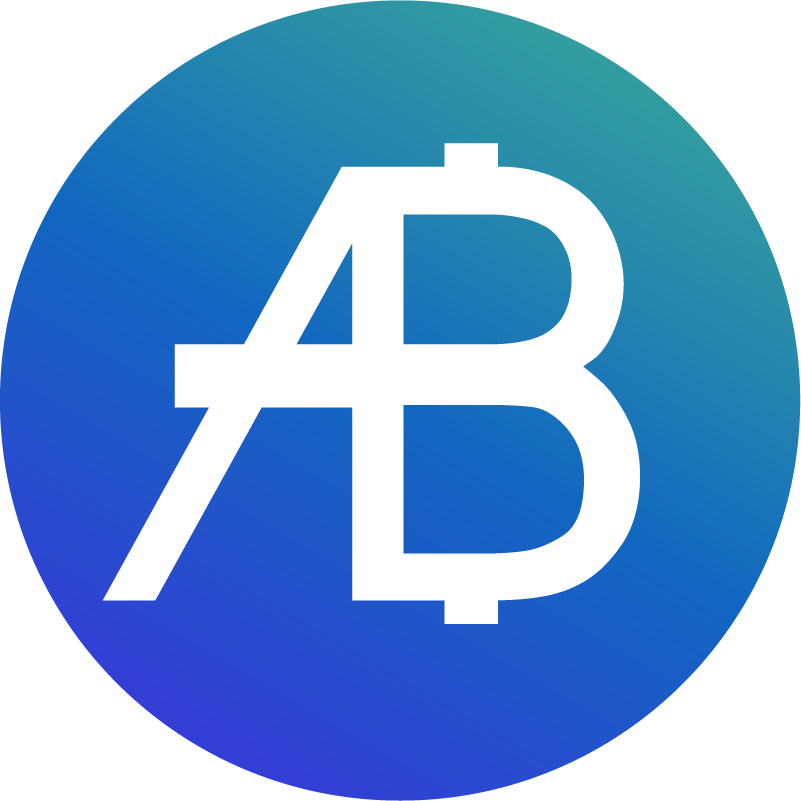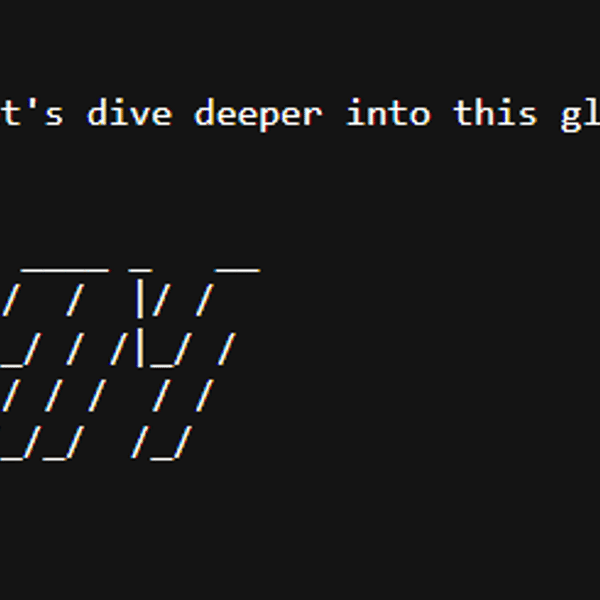
Coin-related
Price calculator
Price history
Price prediction
Technical analysis
Coin buying guide
Crypto category
Profit calculator
What is Locus Chain (LOCUS)?
Locus Chain basic info
What Is Locus Chain?
Locus Chain is an advanced distributed blockchain system designed to handle a significant volume of transactions, targeting at least 4,000 transactions per second on a decentralized network. It is engineered to operate on a diverse array of devices, ranging from standard home PCs to data center servers, mobile phones, and low-power IoT devices, accommodating varying levels of CPU performance, storage capacity, and network speed. The system aims for rapid transaction processing, achieving immediate consensus in seconds and a deterministic permanent consensus within minutes.
Resources
Whitepaper: https://api.locuschain.com/storage/file/20220210_170618_852.pdf
Official Website: https://locuschain.com/home
How Does Locus Chain Work?
Locus Chain has introduced several technological innovations. One of the key features is its parallel transaction processing capability, which is achieved by incorporating a non-linear data structure known as the Account-Wise Transaction Chain (AWTC), diverging from the traditional linear blockchain structure. Additionally, Locus Chain employs a Proof of Stake (PoS)-based Byzantine Fault Tolerance (BFT) consensus algorithm, enhancing performance and determinability while maintaining fairness among participating nodes. The platform also implements Dynamic Sharding, a data-distribution policy that reduces network loads and maintains the integrity of the ledger.
At the heart of Locus Chain's high-capacity transaction processing lies the AWTC, a Directed-Acyclic-Graph (DAG) based structure. In this system, each account has a dedicated transaction chain. Unlike conventional linear ledgers where new blocks are added in a single sequential chain, creating bottlenecks, AWTC allows for multiple parallel data insertion points. This architecture permits an unlimited number of transactions to be added simultaneously without collisions, as each transaction is appended to a unique, fixed point in the AWTC graph. Transactions are settled immediately unless the issuing account is malicious. This approach fundamentally resolves the transaction processing delay issue inherent in traditional blockchain systems.
What Is LOCUS Token?
LOCUS is the native governance token of the Locus Chain Network. It has a total supply of 7,000,000,000 tokens.
What Determines Locus Chain’s Price?
The price of Locus Chain, like any cryptocurrency, is influenced by a combination of market demand, investor sentiment, and its technological attributes. Market demand for Locus Chain is driven by its unique features, such as high transaction throughput, rapid consensus mechanism, and advanced security protocols, which make it appealing to investors and users seeking efficient and scalable blockchain solutions. The innovative Account-Wise Transaction Chain (AWTC) and Dynamic Sharding technology further bolster its appeal, potentially leading to increased adoption and, consequently, higher market valuation. Additionally, investor sentiment plays a crucial role, often swayed by broader market trends, news, and developments within the blockchain and cryptocurrency sectors. Positive news about technological advancements or strategic partnerships can boost investor confidence, driving up the price, while negative news or market downturns can lead to price declines.
LOCUS supply and tokenomics
Links
What is the development prospect and future value of LOCUS?
The market value of LOCUS currently stands at $44.46M, and its market ranking is #501. The value of LOCUS is not widely recognized by the market. When the bull market comes, the market value of LOCUS may have great growth potential.
As a new type of currency with innovative technology and unique use cases, LOCUS has broad market potential and significant room for development. The distinctiveness and appeal of LOCUS may attract the interest of specific groups, thereby driving up its market value.
Is LOCUS worth investing or holding? How to buy LOCUS from a crypto exchange?
How to get Locus Chain through other methods?
What is Locus Chain used for and how to use Locus Chain?
Learn about other cryptos









































